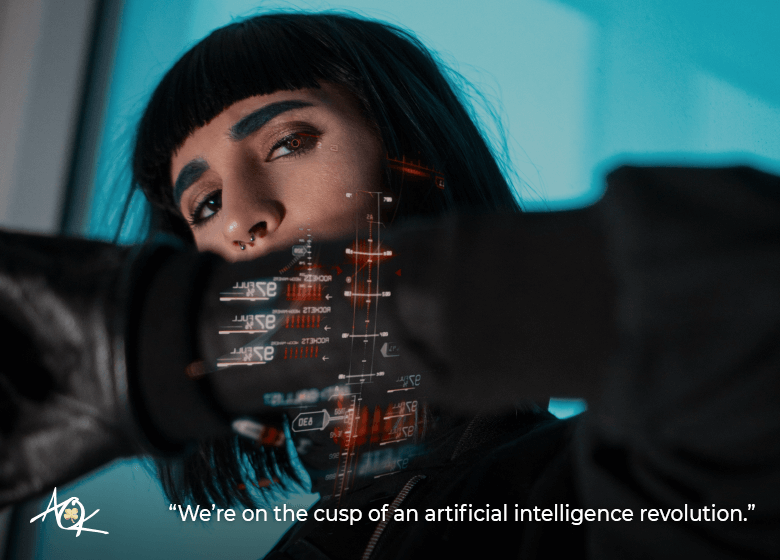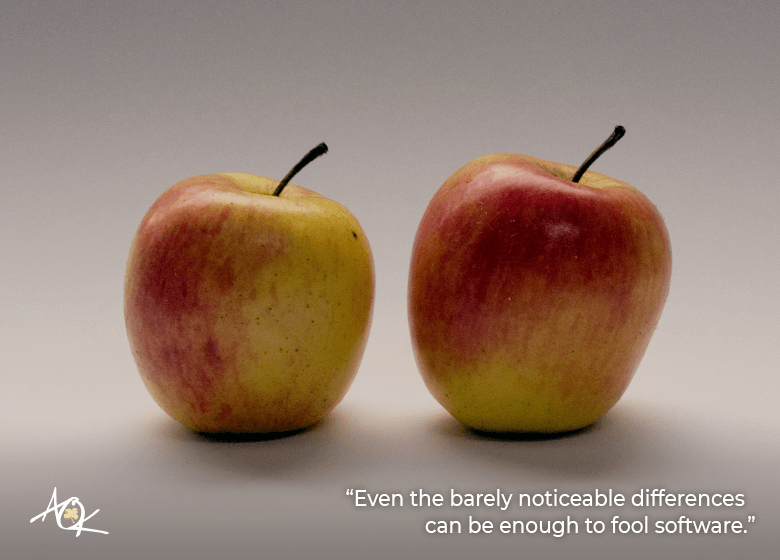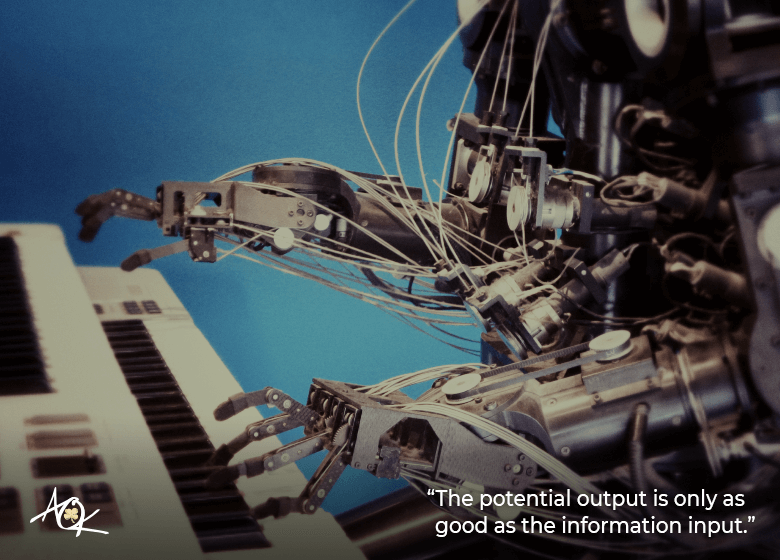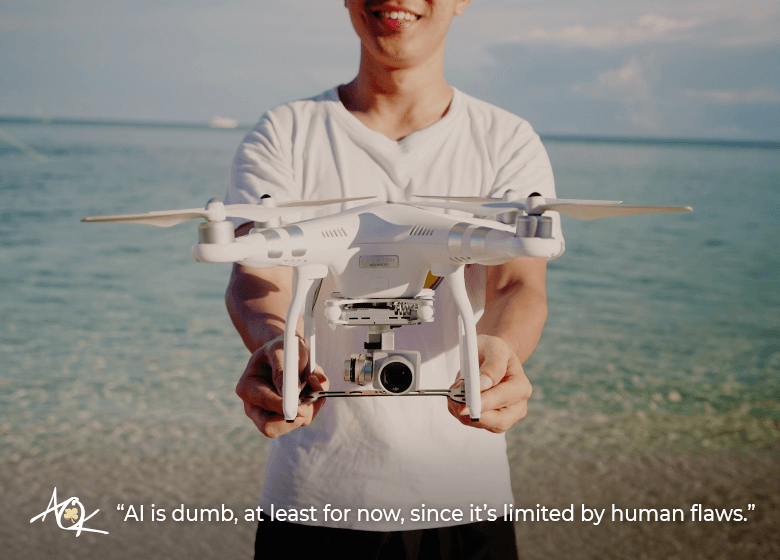If we can all agree on one thing in these polarized times, it’s that we’re on the cusp of an artificial intelligence revolution. The technology is already reshaping our daily interactions and changing the way that many of us do business.

It’s also remarkably dumb—at least for now.
Hear me out on this, AI aficionados, because my recent experiences using deep learning for marketing purposes have both reinforced the technology’s incredible potential, but also its very human limitations.
Catastrophic Forgetting
The first constraint sounds bad, because it is: catastrophic forgetting.
No, that’s not what you do when you get very old or become overwhelmed when balancing business and personal responsibilities—also known as the daily reality for entrepreneurs with busy family lives. It turns out that AI is quite forgetful.
Once you train an AI system to do something, then train it to do something else, it has the potential to ‘forget’ the first task it was taught. That requires you to step back and have the system re-learn the original task all over again.
This is a particularly maddening process for marketers who assumed that AI would take the heavy lifting out of tedious everyday tasks such as detailed market research, freeing their time to focus on high-margin, creative duties.
I see this play out every day when my firm taps Google Ads’ search algorithm to market our clients’ businesses. We’ve noticed that if you change an ad, even if it’s very similar to a previous one, the system can’t cope and must typically start learning all over again. Let’s say your ad says the following:
“Hey Mike how are you doing today?
While the previous one read:
“Hey Mike, how are you doing today?”
The changes to these two sentences are so subtle they’re barely noticeable. But they’re enough to fool software that at this point lacks the problem-solving skills to recognize that your ad, posted on different days, is trying to say the same thing but without the same punctuation. From the perspective of the machine’s algorithm, however, they’re completely different phrases and therefore need to be input as completely new advertisements.

This is only one instance of AI ineptitude, of course, but it’s an important one—most small and medium-sized businesses use Google tools to market their products or services at some point or another.
AI’s limitations can pose a significant challenge for SMEs with limited marketing resources or a small internal staff that lacks the expertise to manage a dynamic search engine marketing platform.
Garbage In, Garbage Out
Another important AI observation: the potential output is only as good as the information input. This isn’t necessarily an AI only problem, but for anyone who has ever done even rudimentary computer programming, this makes perfect sense.

Trouble is the information we’re putting into these systems are making them dumber—and that’s not the machine’s fault. How, you ask?
Let’s say you have a warehouse, and there are a dozen people picking and packing goods for shipment each day. You input all the information about their daily activities into the system and tell the system to optimize their processes. And it does, but only to a certain point.
That’s because it’s a machine and isn’t quite as smart as it first seems. It will take the data that’s input into it, but will also account for the laziness, mistakes and flaws of the humans it’s analyzing, before modelling out that behaviour in an ‘optimized’ process map.
It May Actually Be The Team
The result is average performance on an exponential scale because the machine’s output reflects the team’s mediocrity.

In effect, inadequate data inputs are putting a man-made ceiling on AI’s potential benefits.
To solve the problem, carefully analyze the inputs into your AI-powered systems and determine how they should be optimized. In effect, your software must be taught to recognize ‘good’ versus ‘bad’—or inefficient and unproductive—behaviour.
The ‘good’ input data should be a reflection of the exceptional performance of your company’s top performers. Their performance should be the baseline data used to teach the system.
And that’s why AI is dumb, at least for now. It’s limited by human flaws and can only be pushed as far as we can manage to filter out our own bad habits, develop best practices and procedures and take the time to input them into deep learning systems to produce the business outcomes we want.
Remember: these systems are improving. They can’t quite be relied upon to transform most businesses right now, but that could all change in just a few short years.
About The Author
Marketing Team
The AOK Marketing Team is a diverse group of amazing individuals driven to help all of our clients succeed. Great people are everywhere, and we believe that people should control their workday, their work environment, and where they live. We have team members in 9 countries: United States, Canada, Egypt, Belgium, Ireland, Australia, India, Pakistan, and Hong Kong.
How can we help you?



